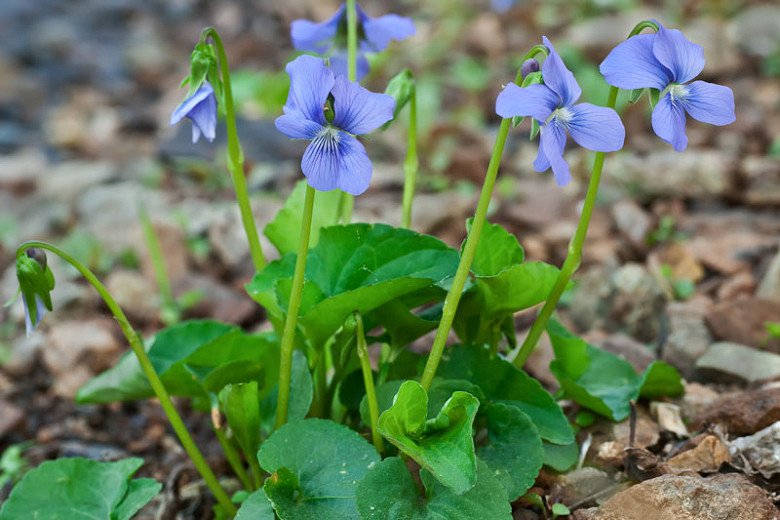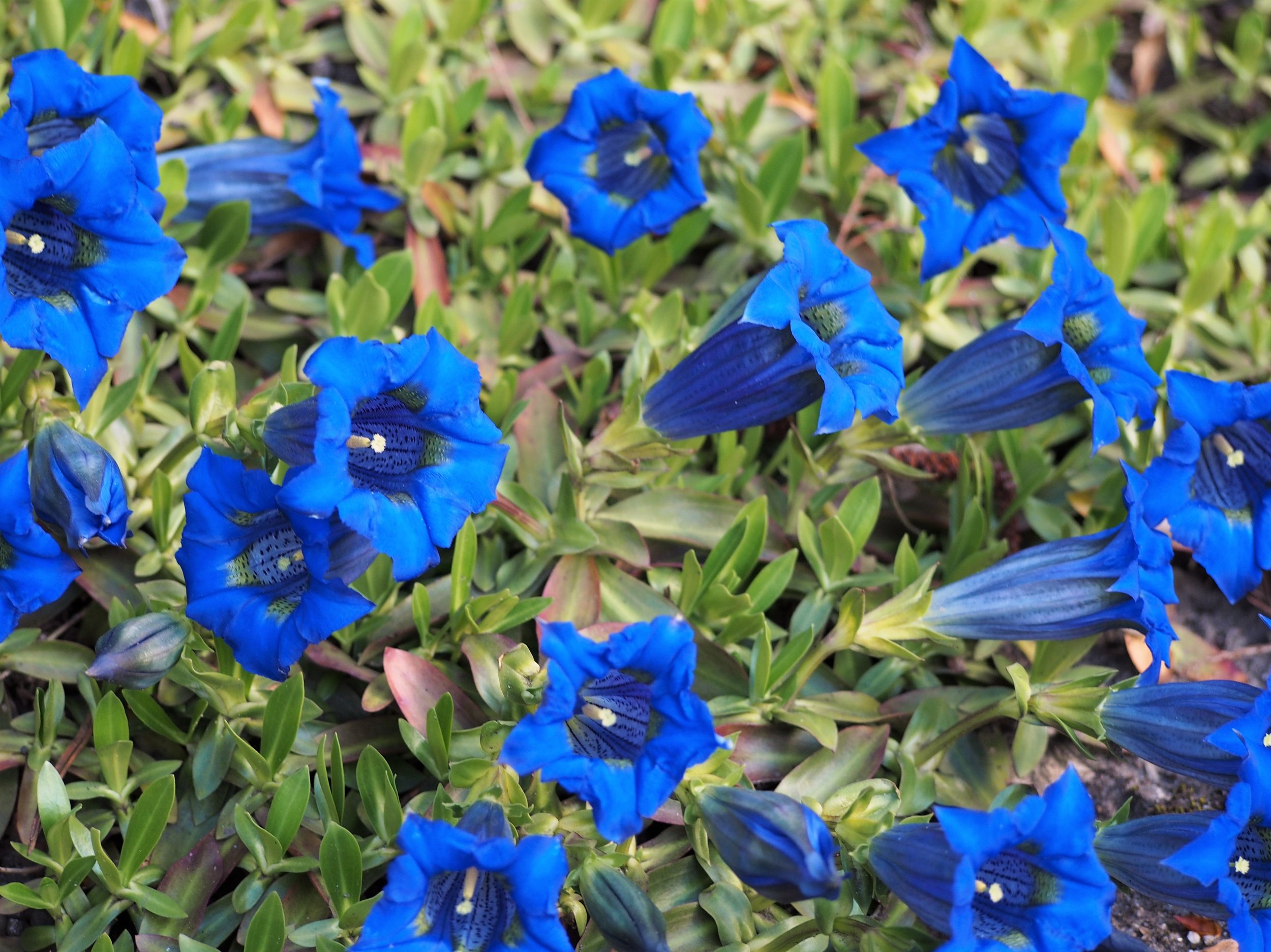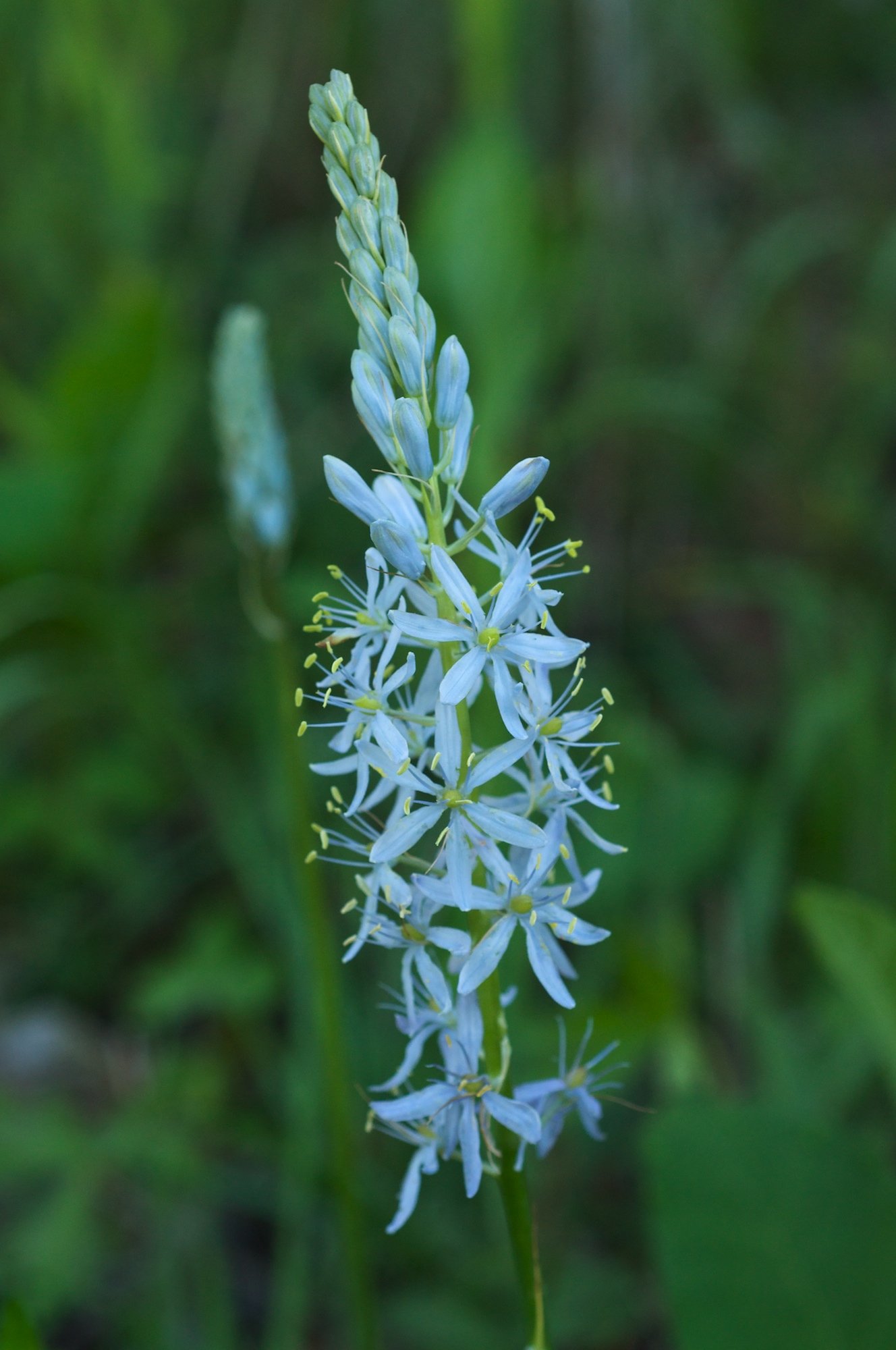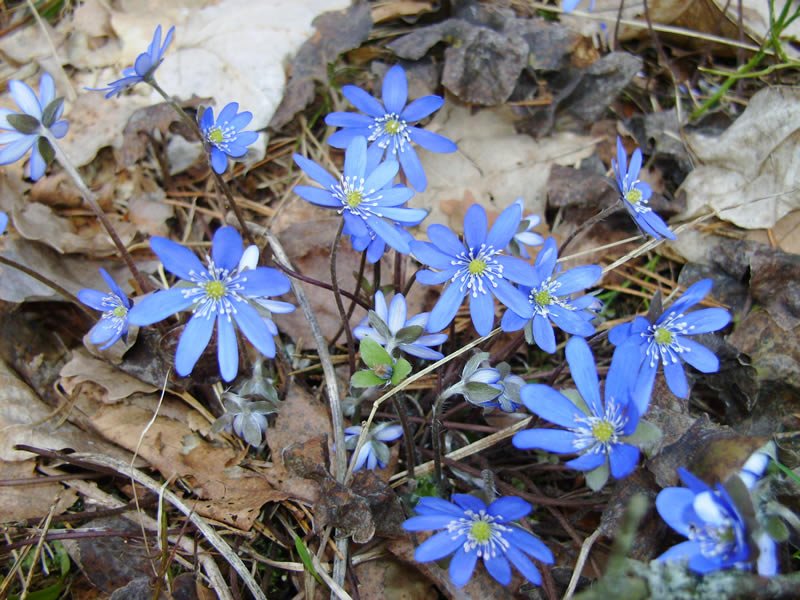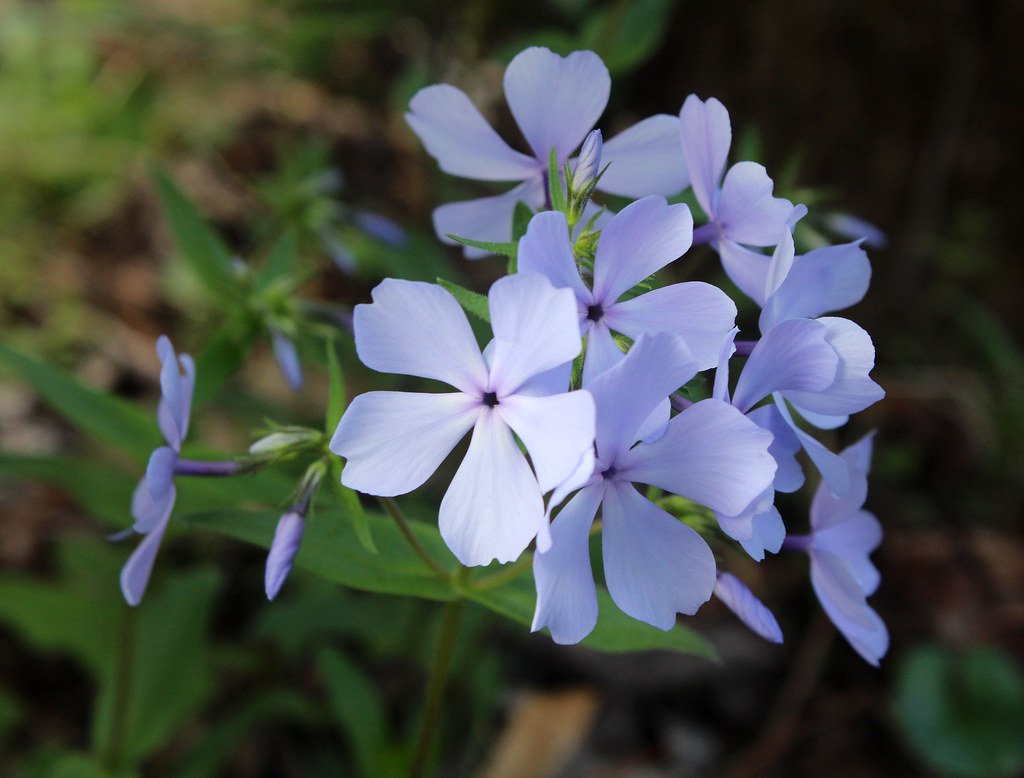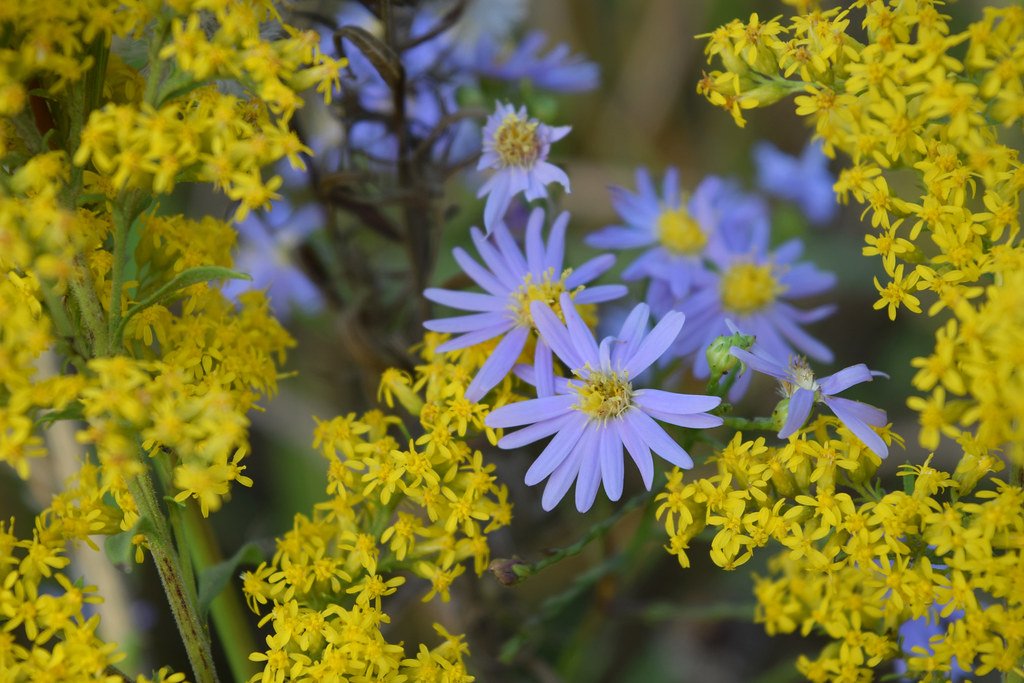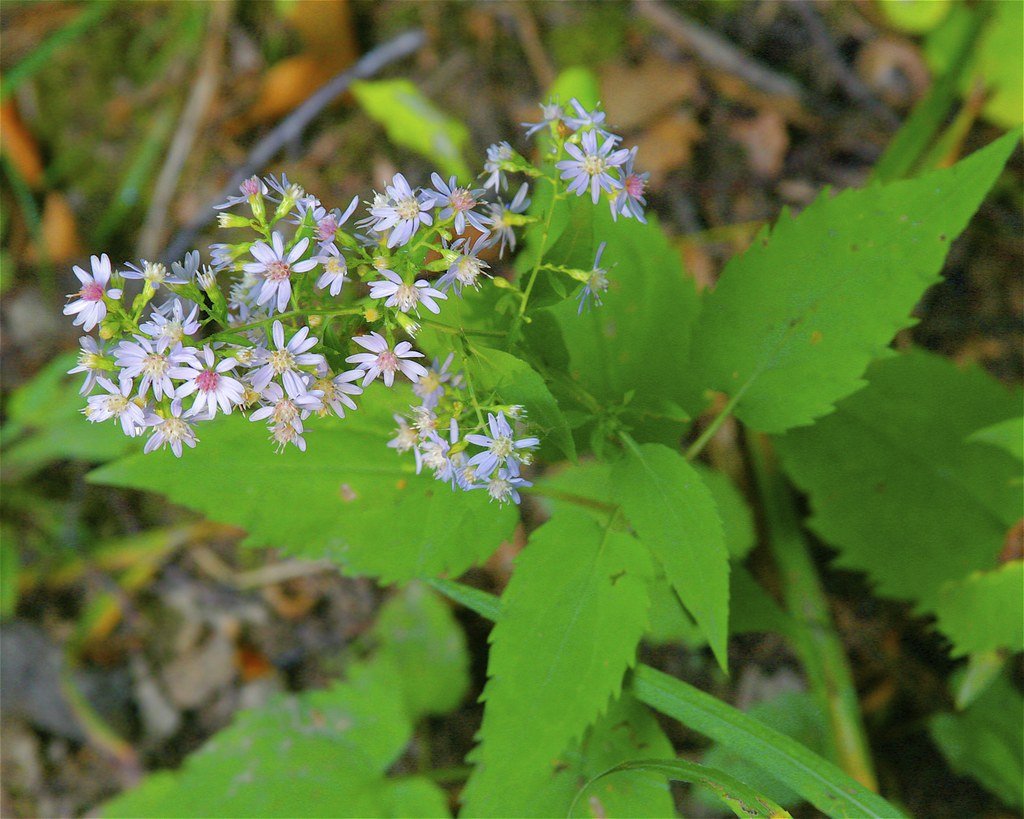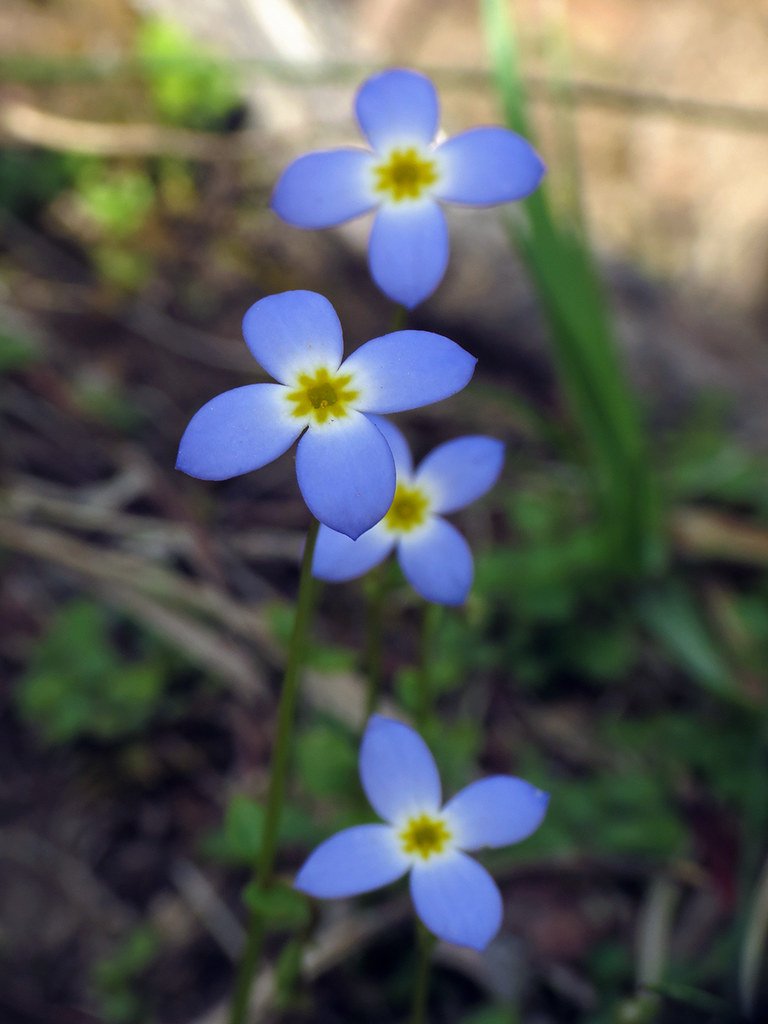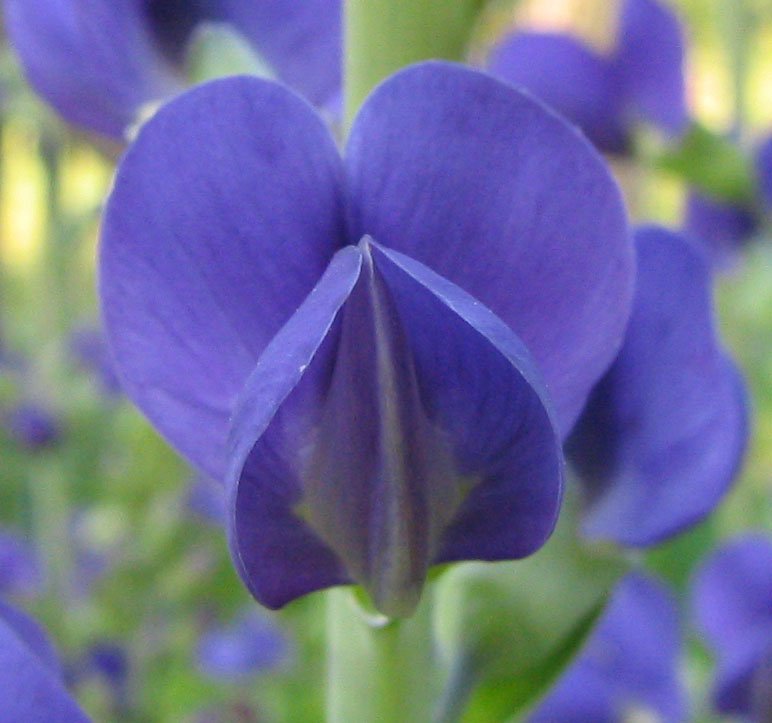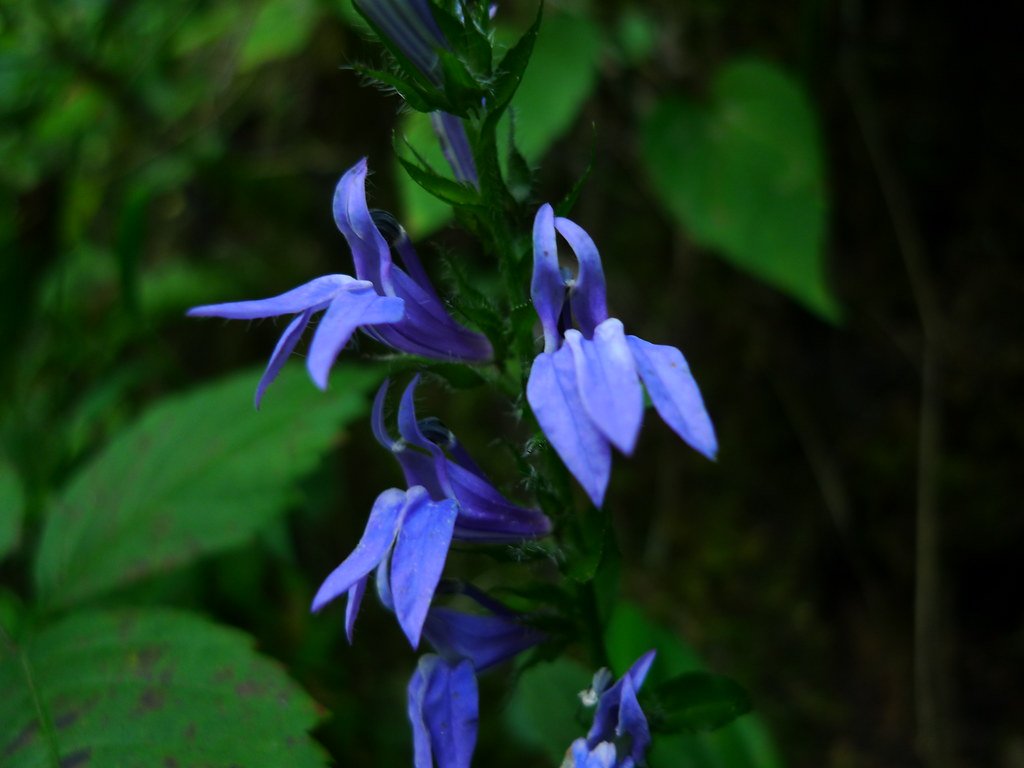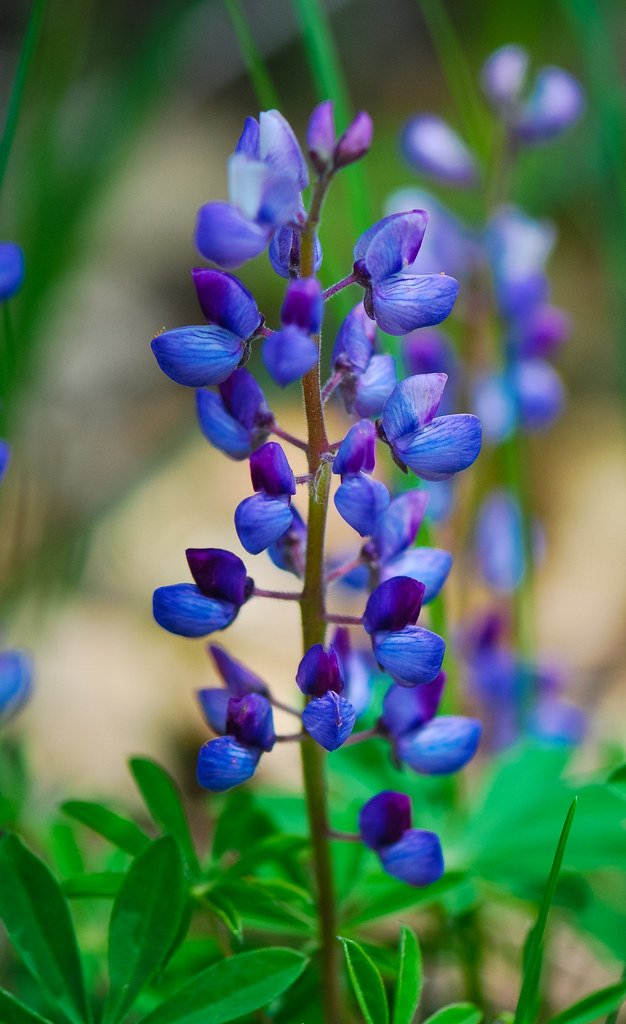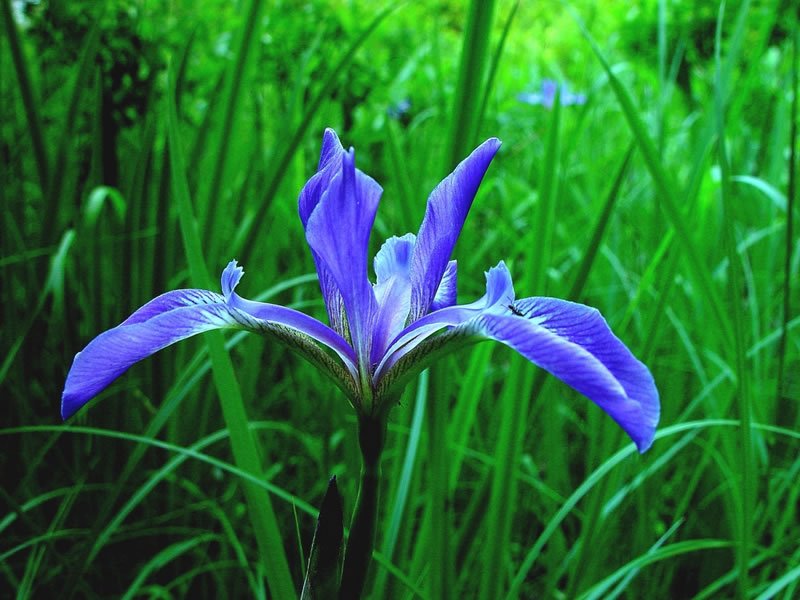Blue Flowers native to the Hudson Valley
by: lorien@hvny.info
When hiking in the Hudson Valley or wandering through a local garden, there is nothing like a vibrantly colored flower to attract the eye. Flowers may prefer to attract an audience of pollinators, but humans are willing participants to the color show. Color in flowers evolved over millions of years for that purpose: to attract pollinators. Flower color extends to every spectrum of human and pollinator vision. In this vast variety, the rarest color of flower is blue.
Of the world’s nearly 300,000 flowering plants, fewer than 10-percent produce blue flowers. Producing blue flowers is very energy intensive for plants. The incentive is that blue is highly visible to bees and other pollinators. For some plants, the advantage outweighs the cost, and flowers have evolved to show in a range of blue shades and tints.
The Hudson Valley is home to quite a few of these rare blue beauties. They are a popular food source for a wide array of native pollinators. Please encourage these plants to thrive, if you find them on your property or nearby wild spaces. If you are a Hudson Valley gardener, you can find these plants at your local nursery that carries native plants, or search online for native plants and seed companies.
Blue Flowers of the Hudson Valley:
Round-lobed Hepatica
(Hepatica americana)
This small statured perennial has blue to dark violet flowers and unusual three lobed, rounded leaves. This lovely foliage is persistent throughout the growing season. Flowers bloom for a month, very early in spring, making them a popular early food source for a wide array of native bee, butterfly, fly, and beetle species. Well-draining, acidic spots in mesic woodlands is preferred, with part shade to part sun. To propagate these plants, one must mimic a Northeast summer (moist, warm period) followed by winter (cold stratification). Large colonies will form, if left undisturbed. Zones 3 to 8
Violets
(Viola cucullata, Viola sororia)
There are dozens of violet species native to our region. The most blue varieties are Marsh Blue Violet (Viola cucullata) and Blue Violet (Viola sororia). As is obvious from the common name, the Marsh Blue Violet is found in wet to moist soil. They can tolerate sun, if it’s wet enough, but thrive in shade. Blue Violet is much more widespread, often thriving in disturbed sites. All violets bloom in spring and look their best early in the season. During the summer months, many violets will go dormant in the extreme heat. Blue violets are the host plant for mining bees and a wide range of fritillaries, a type of butterfly. A range of bees and skippers drink violet flower nectar while Hover flies eat the pollen. The flowers are also edible for a wide range of mammals, including humans. This little plant is an integral part of the history of the Hudson Valley, as well as the ecology. Zones 3 to 9
Bluets
(Houstonia syn. Hedyotis caerulea)
What this diminutive species lacks in size, it makes up in sheer quantity. The tiny blue flowers spread like a carpet throughout moist, rocky, mostly sunny sites. It self propagates freely once established in rock gardens, rock paths, high on rocky slopes, and in open woodlands. Bluets are pollinated by smaller short tongued bees and early butterfly species. Zones 3 to 9
Wild Hyacinth
(Camassia scilloides)
This pale blue, mid-spring bloomer prefers wet to moist sites with sun to partial shade, though they will tolerate wet, shaded conditions, which is highly unusual for a bulbous perennial. The leaves go dormant by mid summer. This flower is pollinated by a wide range of native bee, fly, butterfly, and wasp species. Once an important edible food crop for American Indians, and then early colonists, this member of the Asparagus family was planted in large patches of wet, open woods, and can tolerate the soil under Black walnut, as well. They are best planted in undisturbed sites where they can naturalize into large colonies. Zones 4 to 8
Wild Blue Phlox
(Phlox divaricata)
One of the quintessential wildflowers of the Hudson Valley woodlands, thrive in moist soil, partial sun to shade. The one-foot-tall perennial can tolerate some clay or mineral rich soil. Once established, it is easy to propagate from seed. Var. laphamii has the deepest blue flowers and is ideal for the native woodland garden. This phlox is pollinated by native, long-tongued bees, hover flies, moths, and butterflies, including hairstreaks, pygmy blues, and swallowtails. Zones 3 to 9
Virginia Bluebells
(Mertensia virginica)
Virginia Bluebells thrive in shade or in part, dappled sun once the tree canopy leafs out. This woodland plant does best in moist soil. Long taproots makes transplanting difficult, but they freely naturalize from seed. If left undisturbed, they form large colonies. This may take some time but very minimal effort on the gardener’s part. The lovely trumpet-shaped flowers start as pink-violet buds and gradually change colors to a beautiful blue. This color transformation is an evolutionary adaptation to communicate with their pollinators. As the flowers change to the higher-frequency blue, it signals to native bees that they are ready for pollination. Virginia Bluebells achieve this by changing the pH in their cellular fluids. Taking notice are their pollinators, which include bumblebees and other long-tongued bees, hummingbirds, skippers and other butterflies, bee flies, flower flies, and hummingbird moths. This plant is considered ephemeral, often going dormant in the heat of summer. Zones 3 to 9
Northern Blue Flag
(Iris versicolor)
This native iris forms large, clumping colonies in wet to damp sites, thriving in sunny areas along shallow water sources. Typically blooms late May to mid-June. Pollinated by native bee species and hummingbirds. Zones 3-9
Blue Lupine
(Lupinus perennis)
The large blue flowers of the lupine are uniquely beautiful. This member of the pea family thrives in dry, sandy, well-drained soils, and bloom beautifully in acidic, infertile sites where other perennials suffer. These flowers prefer sunny to part sun sites, and are part of the Pea family so use a pea inoculant when propagating from seed. Like other legumes, once established, this plant helps amend nitrogen levels in the soil. The large seeds also benefit from scarification and/or cold stratification. After they flower, the leaves start to fade so I plant them towards the back of the garden. Lupine is the exclusive food plant of the Karner blue butterfly, the only flower this native species feeds on. Unfortunately, most of the lupine from coastal Maine and along the East Coast have been outcompeted by the western U.S. species Lupinus polyphyllus. Please include this specific beauty in your gardens to allow the Karner blue butterfly to survive. Zones 3 to 9
Blue False Indigo
(Baptisia australis)
This large, herbaceous prairie native is a member of the pea family. Baptisia is incredibly tough, thriving in high alkaline, clay soil in sunny areas, with some moisture tolerated. The stunning blue flowers, and glaucous leaves and stems can be used as a blue dye. This flower attracts large numbers of native bees and bumblebees, and easily propagates from their striking, black seed pods in the home garden. Baby Baptisia takes three years to bloom, since its long taproot takes years to establish. This patience is rewarded with a very long-lived, large perennial that will self-seed. The clumps spread 3 to 4 feet wide at a height of 3 to 5 feet. Zones 5 to 9
Blue Lobelia
(Lobelia siphilitica)
This tall, stunning flower blooms in late summer. In open woods and gardens, it can be found along streams or shallow water sources in rich, moist soil. This plant prefers filtered shade, but can tolerate sunnier spots if they are wetter. The nectar and pollen attract hummingbirds, butterflies, native bumblebees, and other long-tongued bees. It is a short-lived treat, but readily propagates, if left to seed freely. Zones 4 to 8
Gentian
(Gentiana, Gentianopsis)
A dozen or so species – Gentiana – and closely related species – Gentianopsis – call the Hudson Valley home. Most are an intense blue, rarely seen even in other blue flowers. One species can tolerate drier conditions, the Prairie Gentian (G. puberulenta). The rest of the group prefer moist conditions with sun to partial, dappled sun. They are often found in high quality wetlands throughout our region and up and down the East Coast. Gentians bloom in summer, and the closely-related Gentianopsis, or fringed gentian, blooms later in autumn. Regardless of the season, all these species are pollinated by native bumblebees. Zones 3 to 9
Skyblue Aster, Prairie Heart-Leaved Aster
(Aster azureus syn. Symphyotrichum oolentangiense)
This drought tolerant beauty blooms from late summer to autumn, and thrive in dry, open woods and prairie sites with dry, shallow, well-drained, rocky soil. It is a popular plant with our native pollinators, such as small- to medium-sized butterflies, skippers, bees, flies, and wasps. These asters form large colonies, spreading easily from seed and underground rhizomes. Sow in fall for spring germination, as this plant needs cold stratification to germinate. Zones 5 to 8
Blue Heart-leaved Aster
(Aster cordifolius)
These summer to autumn bloomers are very versatile perennials, sun to shade, wet to dry. Wood asters can live in shady, wet, clay sites where other asters don’t typically thrive. Their upright flowers are pollinated by a wide range of native bees, skippers, and butterflies. Easily propagated from seed, which can be sown in fall for spring germination, as they need cold stratification to germinate. They also spread through underground rhizomes, forming small colonies. Zones 3 to 8
Lorien McCabe is pretty sure the solution to every problem is gardening! She has been gardening professionally and passionately in the Hudson Valley and Catskills region for twenty years. Her roots in environmental policy and ecology were developed at Rutgers University- Cook College. However, she regards her daily experiences with our local ecosystems as her primary teacher. She started Meadow Rue Gardens, a design, installation, and maintenance service over a decade ago. This service has grown into a resource for Hudson Valley residents to learn ecological gardening methods, native plants, and to reclaim our local ecology, one garden at a time. Email her at lorien@hvny.info.
This column first appeared in the HVNY newsletter, This week in the Hudson Valley. Sign-up to get it delivered for free every week.

